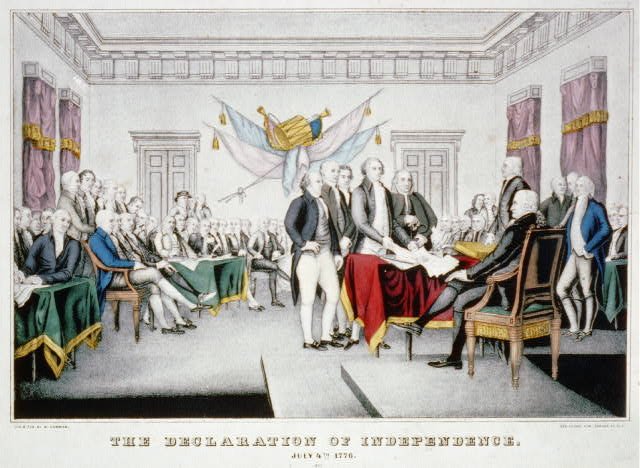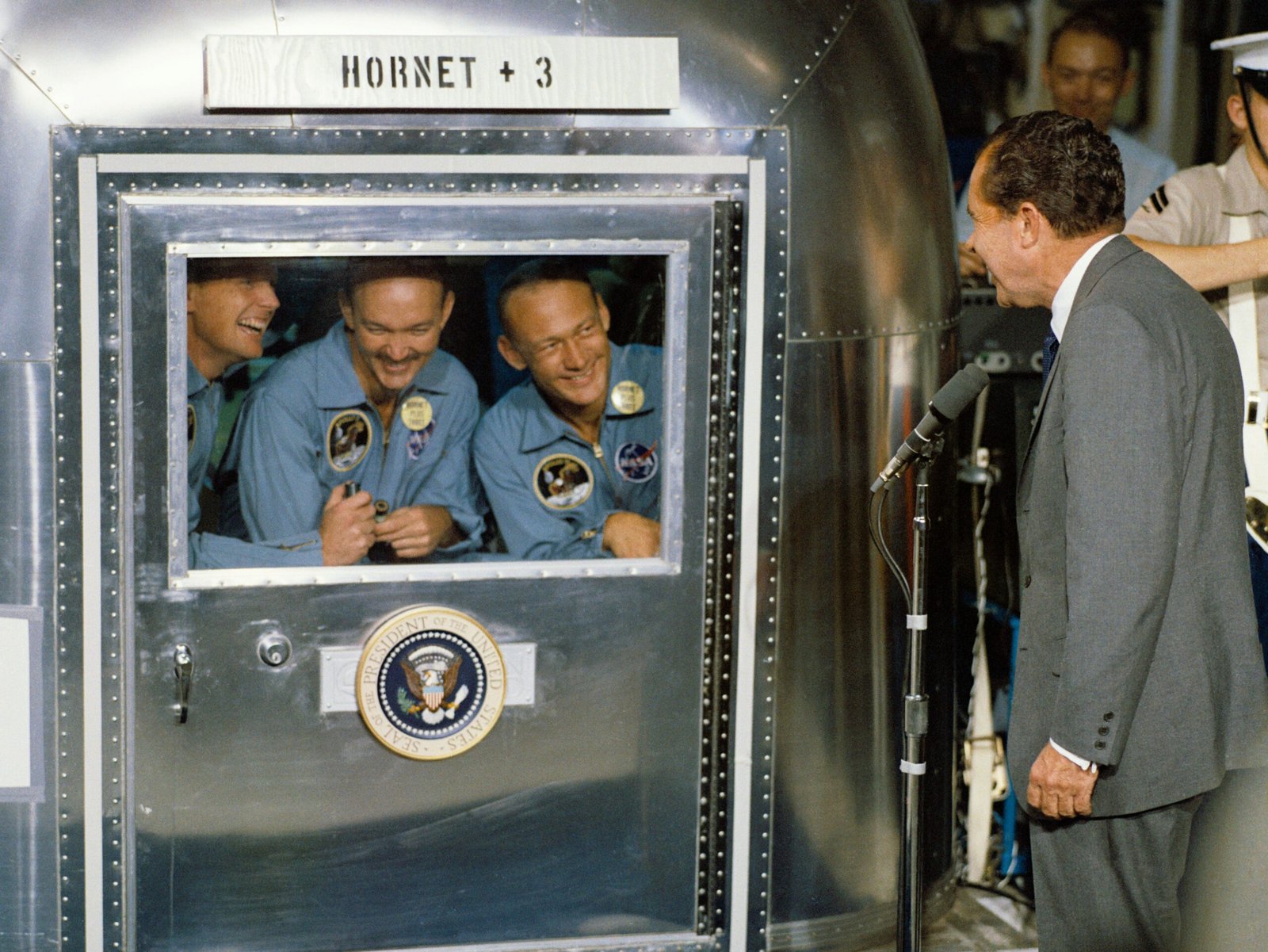The Rivalry of John Adams and Thomas Jefferson
Adams and Jefferson
John Adams and Thomas Jefferson, both distinguished figures in American history, played pivotal roles as founding fathers and presidents of the United States. Their contributions in shaping the nation were undeniable, yet their divergent visions for America catalyzed a fierce political rivalry that has captured the attention of historians and political scientists alike. Adams, a staunch advocate of a strong federal government, and Jefferson, who championed individual liberties and states’ rights, represented contrasting ideologies that would eventually lead to their infamous feud.
Adams was born in 1735 in Massachusetts, a prominent lawyer and a key figure in the American Revolution. His commitment to independence fueled his political career, leading to his appointment as the second president of the United States from 1797 to 1801. Conversely, Thomas Jefferson, born in 1743 in Virginia, was both a successful diplomat and a brilliant thinker. Jefferson served as the third president from 1801 to 1809 and is well-known for authoring the Declaration of Independence, which articulates the foundational principles of the nation.
The political landscape of early America was fraught with tension, as differing beliefs about governance came to the forefront. While Adams believed that a centralized authority was necessary to maintain order and stability, Jefferson’s philosophy emphasized the importance of agrarian democracy and the rights of the individual. This ideological clash not only laid the groundwork for their contentious relationship but also helped to define the emerging political parties in America. As a result, the rivalry between Adams and Jefferson became emblematic of the broader conflict between Federalists and Democratic-Republicans, showcasing how personal disagreements can shape national policies and philosophies.
The Origins of Their Rivalry
The relationship between Thomas Jefferson and John Adams began as a strong partnership rooted in shared ideals during the American Revolution. Both men were instrumental in forging the nation’s independence, contributing to the Declaration of Independence and serving in diplomatic roles in Europe. Their collaboration demonstrated a mutual respect for one another’s intellect and commitment to democratic values. However, this camaraderie began to fray as political ideologies evolved and took shape in the early years of the republic.
The divergence in their political philosophies laid the groundwork for what would be known as the Thomas Jefferson and John Adams feud. Adams, a staunch Federalist, believed in a strong central government and sought to maintain order and authority to support the fledgling nation. Conversely, Jefferson championed Republicanism, advocating for states’ rights and the power of the individual. These conflicting viewpoints inevitably led to tensions, as each man interpreted the political landscape through the lens of his ideology, further straining their once-amicable relationship.
In the aftermath of the Revolution, as political factions began to crystallize, their differences became increasingly pronounced. The formation of the first political parties drove a wedge between them, leading to a bitter rivalry that overshadowed their earlier camaraderie. Personal correspondence that once reflected mutual admiration turned into politically charged letters filled with suspicion and critique. The public perception of their feud only intensified as they positioned themselves as opposing leaders, emphasizing the rift between Federalism and Republicanism during times of political uncertainty.
Accusations Made by Adams Against Jefferson
During the presidential campaign of 1800, the escalating rivalry between John Adams and Thomas Jefferson manifested in a series of specific accusations, which Adams wielded as a tool to undermine Jefferson’s candidacy. At the forefront of these allegations was Adams’ assertion that Jefferson was an advocate for the excesses and radicalism of the French Revolution. He painted Jefferson as a figure who not only admired the tumultuous upheaval in France but also sought to import its chaotic principles into the United States.
Adams contended that Jefferson’s enthusiastic support for the French Revolution posed a significant threat to the Republic. He characterized Jefferson as dangerously liberal, fearing that his ideology could lead to a similar uprising within American borders. This portrayal was rooted in Adams’ belief that Jefferson’s philosophical leanings, particularly his advocacy for popular sovereignty and individual liberties, were fundamentally at odds with the need for a stable government capable of maintaining order. Adams implied that such radicalism harbored the potential to compromise the very foundation of American democracy.
Moreover, Adams accused Jefferson of being inconsistent and duplicitous in his foreign policy views. He suggested that Jefferson’s alignment with revolutionary France would alienate the United States from its traditional allies, particularly Britain. In a time when international relations were paramount, Adams framed Jefferson’s foreign policy as reckless and detrimental, further solidifying his argument that Jefferson’s presidency would endanger the nation’s security. This narrative was intended to resonate with voters who were wary of revolution and foreign entanglements, thus heightening fears surrounding the threat that Jefferson allegedly posed to the Republic.
Accusations Against Adams by Jefferson’s Camp
The political rivalry between Thomas Jefferson and John Adams evolved significantly during the late 18th and early 19th centuries, characterized by a series of escalating accusations, particularly from Jefferson’s supporters. Aiming to undermine Adams’s reputation, Jefferson’s camp resorted to personal insults and political propaganda in their efforts to cast him in a negative light. One of the more bizarre allegations made against Adams was the claim that he was a ‘” strange compound of ignorance and ferocity, of deceit and weakness, a hideous, hermaphroditical character which has neither the force and firmness of a man, nor the gentleness and sensibility of a woman.”. This strangely targeted insult exemplified the depths to which political factions were willing to sink during this intense rivalry.
Moreover, Jefferson’s allies sought to portray Adams as a proponent of monarchy, suggesting that his actions and policies were aligned more closely with those of European despots than with the ideals of the American Revolution. This labeling was part of a broader tactic aimed at associating any strong government action with tyrannical governance. By framing Adams as a potential threat to liberty, Jefferson’s supporters invoked fear among the electorate, hoping to galvanize public sentiment against him. Such strategies were often grounded in a mix of factual inaccuracies and exaggerated interpretations of Adams’s political positions.
This animosity was not merely political but also deeply personal, as the once close friendship between Adams and Jefferson was now overshadowed by mutual suspicion and fervent disagreement. The viciousness of the accusations from Jefferson’s camp serves as a historical example of how political discourse can devolve into personal attacks. The attempts to undermine Adams were reflective of the intense competition for leadership in the fledgling nation, framing him not just as a political opponent but as a man who posed a fundamental threat to the republic envisioned by Jefferson and his supporters.
The Exchange of Lies and Misinformation
The rivalry between Thomas Jefferson and John Adams during the early years of American politics was marked by a significant exchange of misinformation and lies, largely fueled by the burgeoning press of the time. As both figures navigated their paths through public life, they became embroiled in a contentious battle that would shape their legacies. The dissemination of propaganda played a crucial role in this feud, with newspapers and pamphlets serving as weapons for both sides.
Partisanship was rampant in the media landscape of the late 18th century, leading to a highly polarized environment where misinformation could spread quickly and widely. Supporters of Jefferson often painted Adams as a monarchist who sought to impose tyrannical rule over the American people. Conversely, Adams’s camp accused Jefferson of being an atheist and a radical whose policies would lead to chaos. This exchange of lies was not merely incidental; it served as a calculated strategy to undermine the opponent’s credibility.
The newspaper articles and pamphlets shaped public opinion and influenced the electoral process in a manner that is reminiscent of today’s political climate. Each man utilized the media to bolster their platforms while simultaneously trying to delegitimize the other. The partisanship inherent in this media landscape revealed much about the political culture of the time, underscoring how deeply intertwined personal animosities were with public life.
Through this barrage of misinformation, both Jefferson and Adams learned that perception often outweighed reality in the eyes of the electorate. This dynamic not only fueled their animosity but also laid the groundwork for a broader discussion about the ethics of political campaigning that remains relevant to this day.
The Path to Reconciliation
The tumultuous rivalry between Thomas Jefferson and John Adams, often characterized by fierce political disagreements and personal animosities, ultimately paved the way for a surprising and heartfelt reconciliation. Following the intense electoral battle of 1800 that marked the peak of the thomas jefferson and john adams feud, both statesmen experienced a period of silence that extended for over a decade. During this time, the political climate in America shifted, prompting a reflection on their earlier conflicts and the values they shared.
In 1812, at the urging of mutual friends and recognizing the deteriorating state of their correspondence, Jefferson took the first step towards rekindling their relationship. He wrote to Adams after a long absence of communication, expressing a desire to renew their friendship. This letter stood as a testament to their mutual respect and acknowledgment of their differing perspectives on governance. Adams, who had also contemplated reaching out, received Jefferson’s overture with warmth, marking the resumption of their correspondence.
Over the years that followed, their exchanges blossomed into a rich and productive dialogue, filled with reflections on their shared history, their differing philosophies on democracy, and their hopes for the future of the United States. They discussed topics ranging from the Constitution to the nature of government, all the while demonstrating an understanding of each other’s contributions to the nation. In their letters, one can sense the evolving bond as they moved beyond previous grievances, embracing a legacy that transcended their personal disagreements.
To learn more about each president, please visit the presidential pages of John Adams and Thomas Jefferson.

